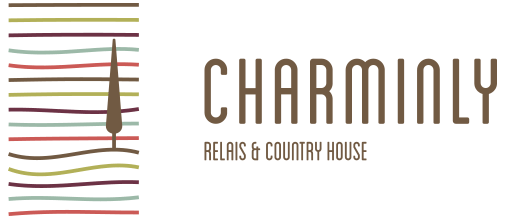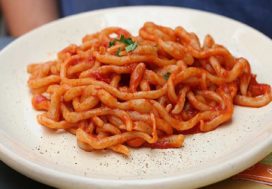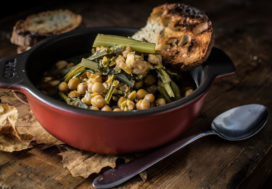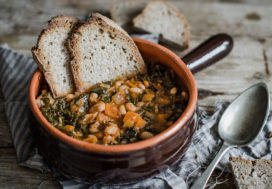During your stay in Tuscany, you can taste the typical dishes of Tuscany, discovering the true tuscan cousine.
RIBOLLITA
The Ribollita is the Tuscan traditional dish par excellence, worldwide known. It comes from the typical Tuscan soup of stale bread and vegetables, quite common in the Lower Val di Serchio, in the Plane of Pisa, and in the areas of Florence and Arezzo. It is a typical farm dish, which name originates from the fact that in the past, it was common to cook this dish in quantity on Fridays, and then, boiled again in pan on the following days, ready to be eaten on weekends. This is the reason of which it is called ribollita (boiled again); the true ribollita soup is supposed to be heated up twice, otherwise it could be confused with the soup of bread and vegetables (knows as broth of bread). The ingredients of the ribollita change depending on the season and on the vegetables available, and it stays a classic dish of the poor cookery, particularly appropriate for the winter.
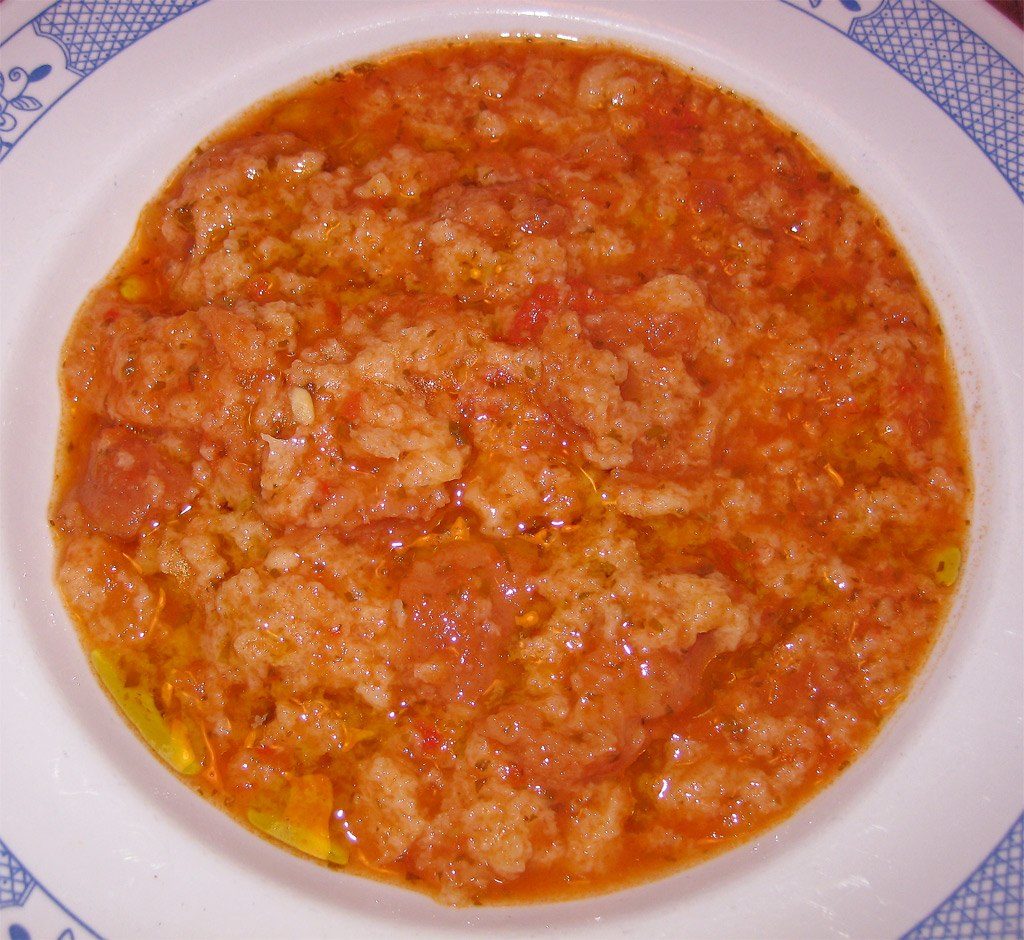
Pappa al pomodoro
PAPPA AL POMODORO
The pappa al pomodoro (tomatoes pap) is another traditional dish of the Tuscan cookery. Its simple ingredients, which are mainly tomatoes, Tuscan bread (not salty, stale), extra virgin oil, and “flavours”, that are bail, garlic, salt, and pepper, reveal its farming origins. The dish, simple and quick to cook, suitable to any season, can be served hot, cold, or even heated up.
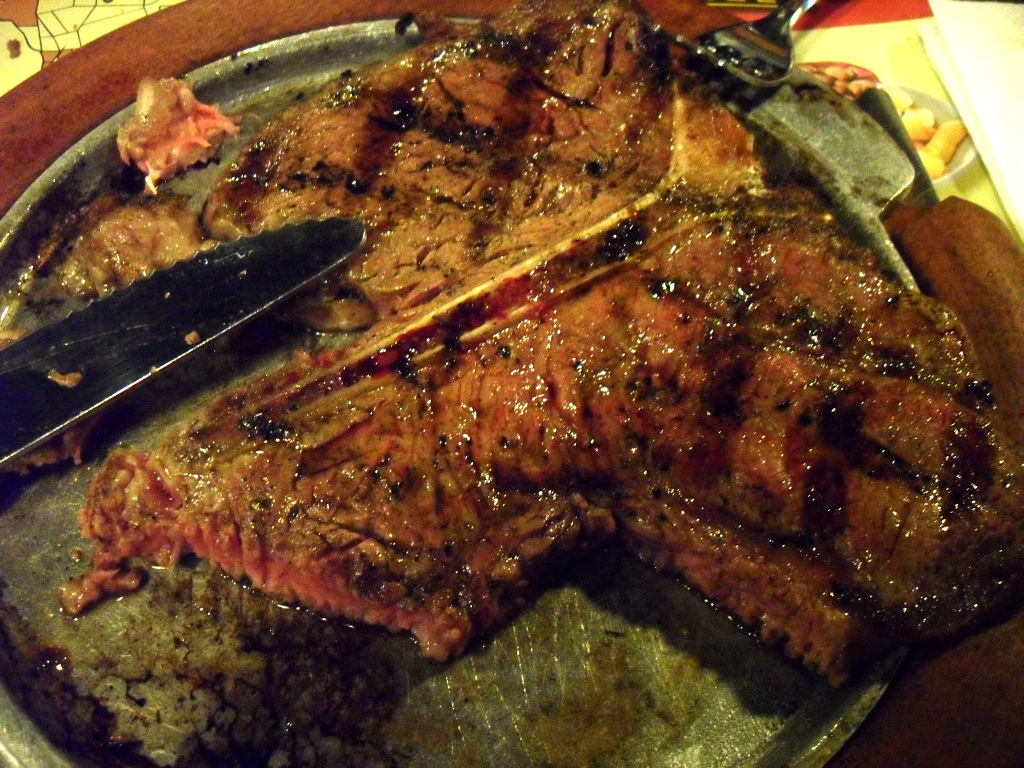
Bistecca alla fiorentina
BISTECCA ALLA FIORENTINA
The history of the bistecca alla fiorentina (grilled T-bone steak) has originated when the Medici’s family was ruling Florence, between the XV and the XVII Century. In the celebration of St. Lorenzo, on the 10th of August, the lords of the city would light up some huge bonfires all over the Florence squares, to roast large amounts of calf meat, for the inhabitants. The meat cut is fundamental – it must be in the loin, and include the bone, the tenderloin, and the sirloin. A real grilled T-bone steak must be beef, more precisely steer, possibly Chianina-kind, and broiled for five or six days at most. The bone T-shaped is covered by tenderloin and sirloin, its weight should be between 600 and 800 grams. The cooking is also an aspect of the utmost importance: it has to be rigorously rare. Marinating, oil and parsley are not allowed, just embers.


